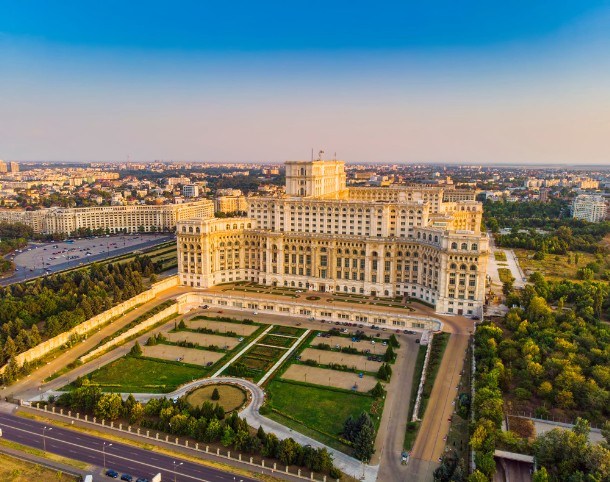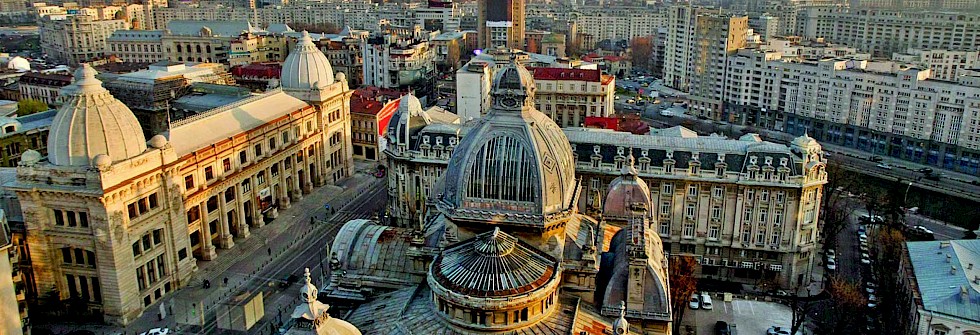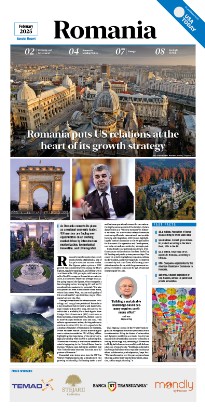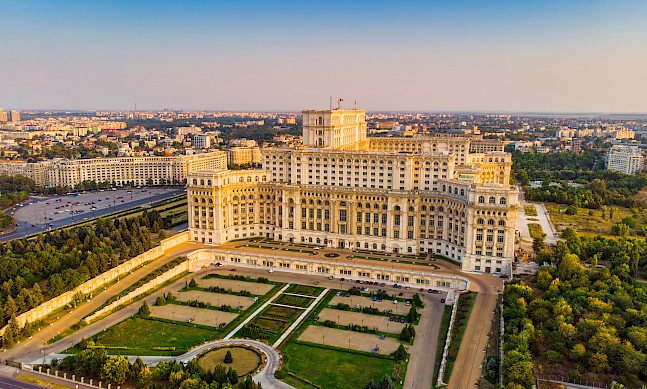As Romania cements its place as a regional economic leader, US investors are finding new opportunities in an evolving market driven by infrastructure modernization, technological innovation, and EU integration.
Romania’s transformation has seen it become firmly established as one of Europe’s economic success stories. The figures paint a picture: GDP growth has consistently been among the bloc’s highest, regularly topping 4%, and hitting 7.1% in 2016. Meanwhile, GDP per capita, which sat at just 44% of the EU average on Romania’s accession in 2007, is on track to reach that average by 2040. But going beyond the figures, what emerges is a fast-changing nation, leveraging EU and NATO membership to maximize its potential. “Our aim is to prove that even in this corner of the world, where East meets West, success and quality of life are achievable,” says Emil Boc, mayor of Romania’s second city, Cluj.
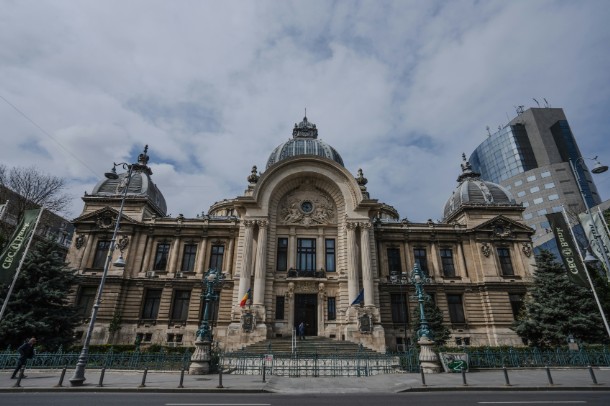
Strategic investments in infrastructure, technology, and energy have positioned Romania as a key investment hub in Central and Eastern Europe. Despite a drop off in 2023, the last year for which data is available, World Bank figures show foreign direct investment (FDI) continues to trend upwards, rising from $7.4 billion in 2019 to more than $11 billion in 2021 and 2022. This reflects a government actively driving reforms to continue to attract FDI. In a 2024 speech to the American Chamber of Commerce in Romania, Prime Minister Marcel Ciolacu stated his goal was to attract cumulative FDI of $41.5 billion, highlighting the importance of the nation’s strategic partnership with the US in achieving this. “Romania’s economy is much more sensitive to what is happening in the United States than in Europe,” Ciolacu said, stating his ambition that “the United States becomes the main non-EU partner of Romania.”
“Building a sustainable knowledge-based economy requires continuous effort”
Emil Boc Mayor of Cluj
Tweet ThisRomania’s 2025 integration into the US Visa Waiver Program represents a milestone in this growing relationship, facilitating easier travel and business operations between the two nations. During the announcement of the decision, Ciolacu described it as a “historic moment” in bilateral
relations. It’s a move that reflects Romania’s continuing efforts in international partnership building and integration, with Ciolacu highlighting the nation’s accession to the Organization for Economic Co-operation and Development, currently on track, as another key strategic goal.
Domestically, an unprecedented wave of infrastructure modernization has been fueled by EU funding and public-private partnerships. The country is prioritizing highway expansion, railway modernization, and airport upgrades to improve connectivity and trade flows, while energy transition is another driver, with the government targeting renewables to account for 34% of national energy supply by 2030.
Cluj-Napoca, located in the Transylvania region, has emerged as one of the spearheads of this transformation. Using its cluster of universities and dynamic workforce as a basis, the city has successfully diversified its economy to become a leading technology hub, attracting US investors in IT, digital infrastructure, and AI, with defense a key area of opportunity. “Building a sustainable knowledge-based economy requires continuous effort, collaboration, and adaptation,” says Boc. “The transformation over the past 20 years shows what is possible when we prioritize talent, education, and strategic planning.”
Fast Facts
Population of Romania according to World Bank data.
Current gross domestic product according to the World Bank, 12th in the EU.
Total value of US exports to Romania, according to UN data.
Companies represented by the American Chamber of Commerce in Romania
Student population of Cluj Napoca, across 10 public and private universities.
